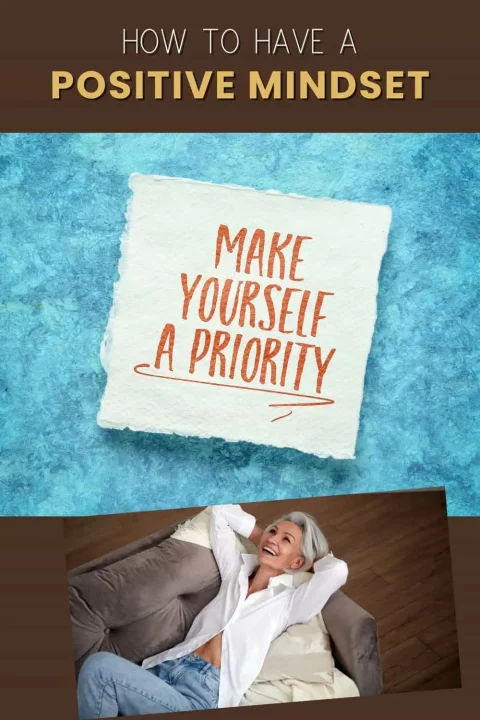Today's Sunday • 17 mins read
— By Dr. Sandip Roy.
A positive mindset is not about feeling positive and happy all the time. And it’s definitely not forcing yourself to smile even when your situations make you feel the opposite.
- Positive mindset people know how to shift from merely surviving to truly thriving when pushing through harsh challenges.
- They are not afraid to feel hopeful or happy, and never lose sight of the light at the end of a dark tunnel.
- They know how to handle the zero-sum game.
Bookmark this article or take a printout of these psychology-based ways to achieve a positive mindset.
Quiz: Do you have a positive mindset?
Choose A, B, or C option from the drop-down menu:
Positivity and Coping Style Quiz
Please select the option that best describes you for each question:
Understanding Your Results
- Mostly A’s: The Optimist. You have a naturally positive mindset. Keep it up!
- Mostly B’s: The Realist. You’re somewhere in the middle, leaning towards positivity but with a touch of skepticism.
- Mostly C’s: The Skeptic. You tend to view things more skeptically and might struggle with maintaining a positive mindset.
- Why get a positive mindset?
- Because a positive mindset can make us happier, more successful, more creative and productive, better our relationships, and even add years to our lives.
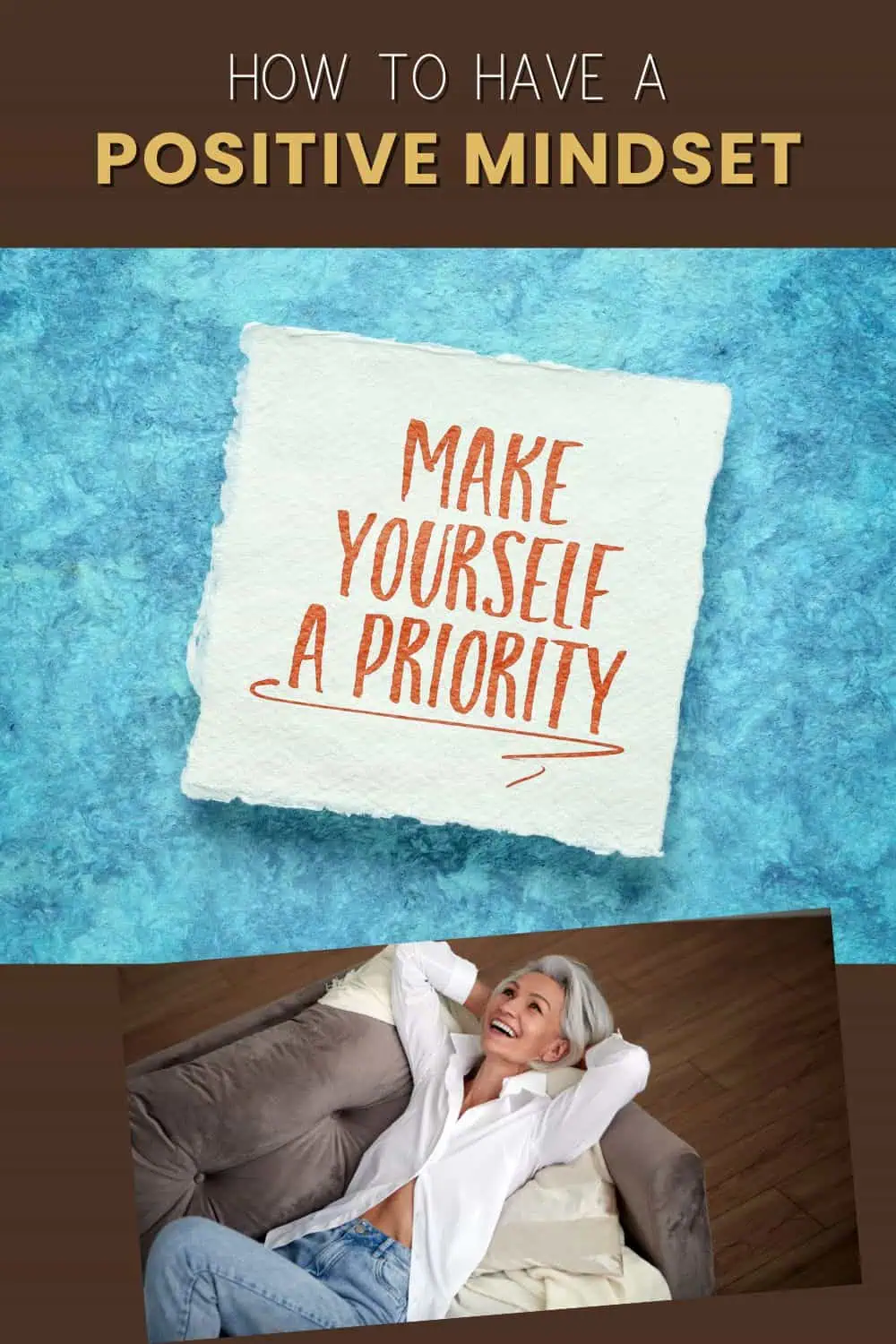
How To Have A Positive Mindset: Tips From Psychology
Motivational quotes may get you into a positive mindset mode for a while, but it doesn’t last long.
What sustains a positive mindset are these habits based on positive psychology:
1. Rise above the zero-sum attitude.
Some people find it difficult to shake off the notion that someone’s gains or losses must come from someone else’s loss.
The ‘winning at all costs’ mentality is zero-sum thinking — an anti-positive-mindset.
Polish psychologists Rozycka-Tran & Boski, after a 37-nation study, wrote:
“People who share this (zero-sum) conviction believe that success, especially economic success, is possible only at the expense of other people’s failures. … We found that persons or nations who believe in a zero-sum game engage in win-lose social exchanges over limited resources.”
You see, how a zero-sum mental blueprint turns your interactions and relationships into hostile battles. This model doesn’t sustain in the long term.
Switching to non-zero-sum changes the game.
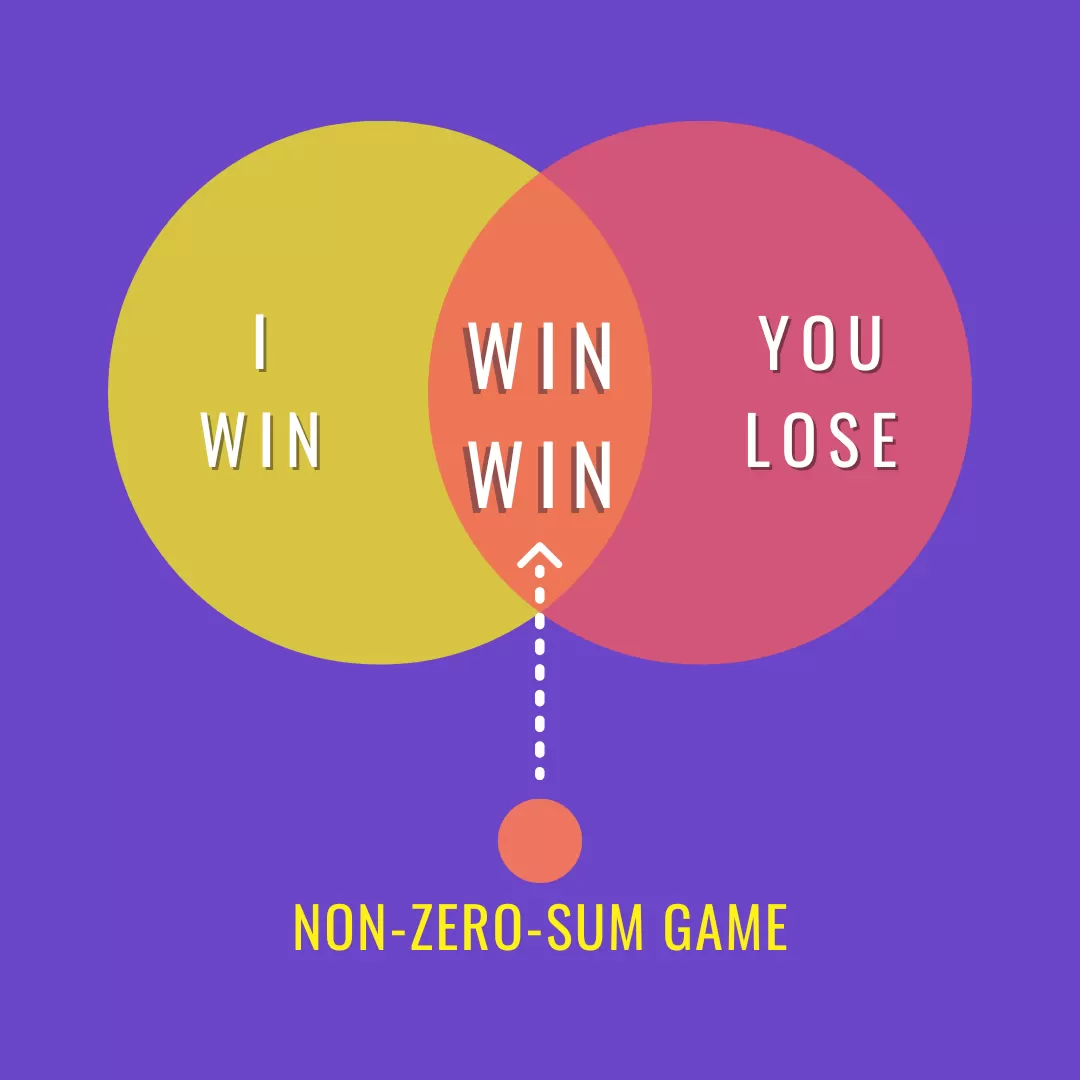
When you embrace the non-zero-sum:
- You no longer feel pressured to win by making everyone else lose.
- You are more focused on winning some, conceding some, and making negotiations feel fair.
- A win-win situation keeps everyone happy and more open-minded for future collaborations.
Winning isn’t always about defeating someone. Don’t see every person as a competition to crush.
The research paper “Wanting “the whole loaf”: zero-sum thinking about love” found:
- Monogamous (one-partner) couples believe that loving more than one person at a time (as in polyamory) means loving each one less.
- They insist that monogamy offers the most ideal marriage experience and that all other types are negative.
2. Embrace failures as learning opportunities.
Rise above this black-or-white bias: you either succeed or fail (success-failure dichotomy).
Truth is, there is a seed of success inside each failure. You find it when you reframe the failure as an opportunity to learn and grow.
It is supported by research on failure-driven learning.
Did you know that AI and machine learning systems are expected to frequently underperform and even fail to achieve success?
“In fact, heuristic systems are somewhat encouraged to “fail” in order to expose the algorithm to the entire problem space, in the belief that this turbulent, knowledge-building process is an essential precursor to better performance later.”
— David W. Russell
Being ready for failure means you won’t let it stop you. Instead, you’ll find out what to learn from each upset.
Interestingly, the wins that follow failures often feel more rewarding.
Studies on video gamers show that even losing can be engaging enough to keep players hooked. Why?
Because, a failure for a gamer simply means they couldn’t complete a level, and they just need more skill and time. They see their failures as steps to future success, and this keeps them hooked.
The famous game designer Jane McGonigal writes in her book Reality Is Broken:
As long as our failure is interesting, we will keep trying… and remain hopeful that we will succeed eventually.
- So rise above the failure-frustration paradigm.
- See your failures as features built into the game of life to help you learn and improve.
- Treat your failures as your chance to learn new things, and try again harder, maybe after a break.
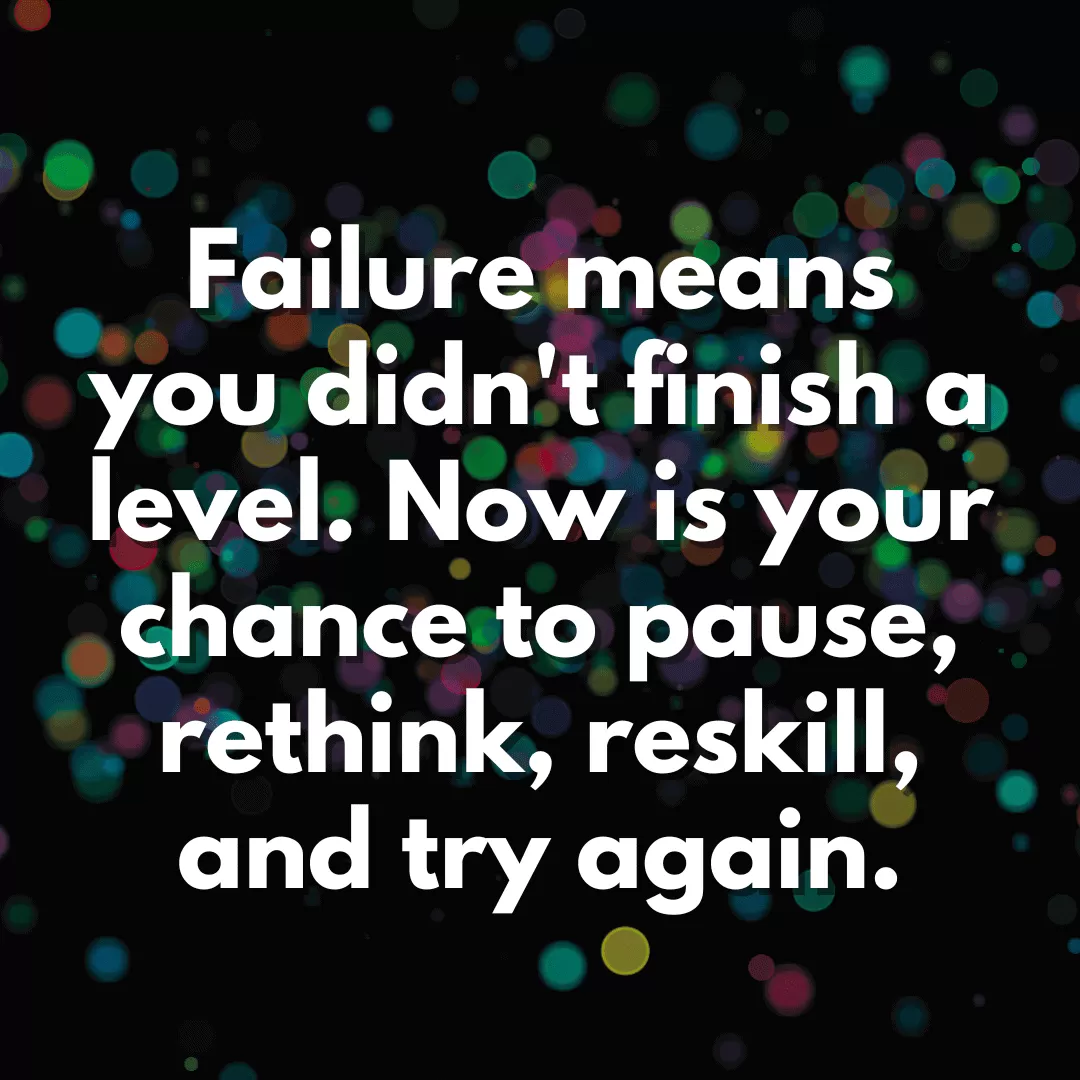
How to foster a positive mindset at school?
Darabi & Arrington (2018) suggest that:
- We should encourage students to learn from their mistakes.
- Create classrooms where students feel safe to take risks and ask questions.
- Students get opportunities to reflect on their failures, and self-identify ways to improve.
A failure-driven learning model is also a robust way to shift from a fixed mindset to a growth mindset.
- Fixed mindset people typically ignore helpful feedback, feel threatened by their peers’ success, and blame outside factors for their failure (Saunders, 2013).
- Growth mindset people seek feedback and seek to learn from the success of others as well as from failures, without blaming anyone.
Sometimes you win and sometimes you learn. — Robert Kiyosaki
3. Start a habit of gratitude journaling.
An attitude of gratitude can help you feel more positive and peaceful.
Remembering the good things in life helps you focus more on the positive side when times get tough.
Research finds expressing gratitude can boost our happiness, protect us from stress, anxiety, negativity, and depression, strengthen our relationships, and help us sleep better at night.
Start a gratitude journal. Write down a few words about the times when you felt grateful. You don’t have to do it every day — a few times each week is enough.
Use these prompts:
- What made you smile, even a little, today?
- Who had the most positive influence on your day?
- What is the single best thing that happened today?
- Why is your neighborhood such a great place to live?
- What made you feel good that you didn’t buy with money?
- Can you write a Thank-You note to an item you use every day?
One of the best positive thinking exercises: The 3 Good Things To Boost Your Happiness.

4. Add positive words to your language.
Upgrade your vocabulary with more positive words.
The words you use daily shape your mindset more than you might think. Negative words can trigger stress responses in your brain, leading to a cycle of more negativity.
Newberg & Waldman found:
- Even a single negative word can activate the amygdala—the brain center for aggression, anxiety, and fear.
- But positive words like “love” can activate the brain cells in your frontal lobes—parts of the brain in charge of thinking and consciousness.
A single word has the power to influence the expression of genes that regulate physical and emotional stress.
— Newberg and Waldman, Words Can Change Your Brain
Positive thoughts and words can help build healthier relationships and a happier life.
- Start your day with a positive affirmation or an uplifting song.
- Keep a list of motivational quotes to read first thing in the morning.
- Reflect on positive aspects of past challenges to reshape how you view them.
- Speak optimistically about the future—it primes your brain to expect good things.
5. Savor the good things in your life.
Most of us tend to take the good things for granted. And complain about the negative things in our life. What this does is make us more focused on the bad.
Savoring is when you intentionally make a positive experience more valuable and last longer.
As I say, “Catch the good moment!”
- Give a longer hug to someone you care about.
- Pause in your commute to appreciate the flowers.
- Look lingeringly at your loved one when she is talking.
- Appreciate the good things and people you already have in your life.
Four science-based ways to savor life’s joys, with examples:
- Thanksgiving (Gratitude): Reflect on and give thanks for the good things that happened in your day, appreciate a beautiful sunset, cherish a kind gesture from a friend, or value your daily meal.
- Marveling (Awe): Pause to admire the intricate details of a flower, marvel at the vastness of the night sky, or be amazed by a talented musician playing live in a subway.
- Basking (Pride): Soak up the warm sun on a relaxing beach day, savoring the flavors and textures of a gourmet meal, or enjoy the laughter and company of loved ones during a gathering.
- Luxuriating (Physical pleasure): Treat yourself to a luxurious spa day, relish an exquisite piece of chocolate cake, or pamper yourself with a leisurely bubble bath, complete with candles and soothing music.
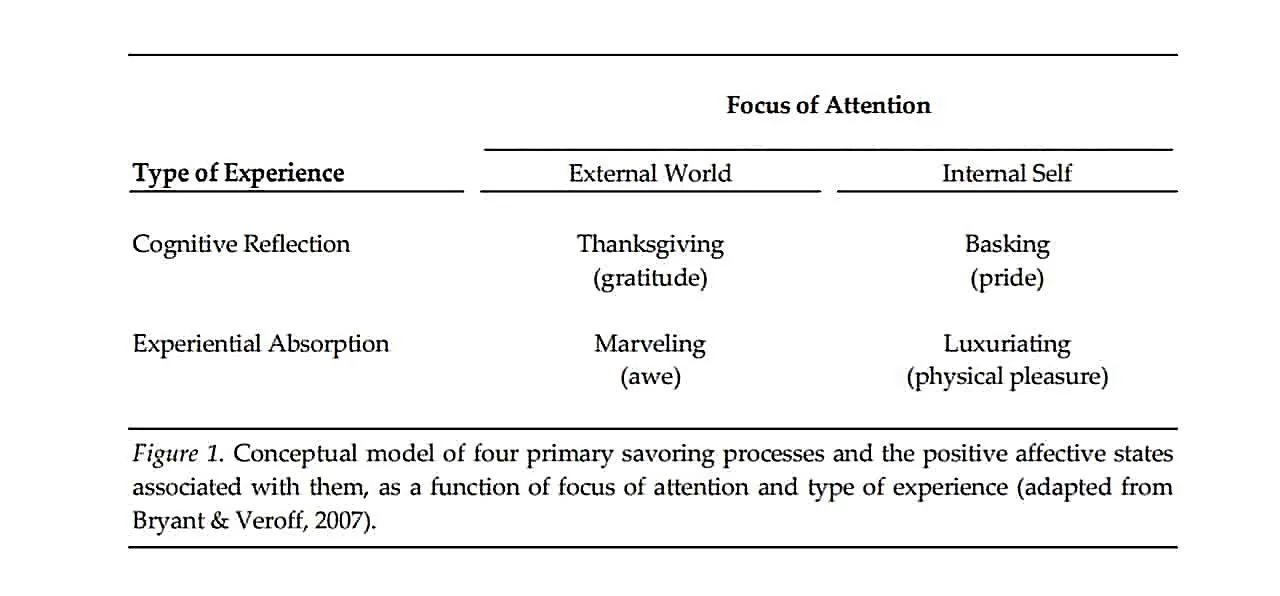
6. Focus on the process, not on the result.
A positive mindset doesn’t ask you to turn a blind eye to life’s problems and ignore the bad stuff—that’s toxic positivity.
It asks you to zero in on the journey:
- Accept the current situation — no use denying or complaining about it.
- Analyze the modifiable parts of the situation and actively seek solutions.
- Have new goals, while reducing your dependency on future outcomes.
- Get into a state of flow—fully engaged, giving your optimal best.
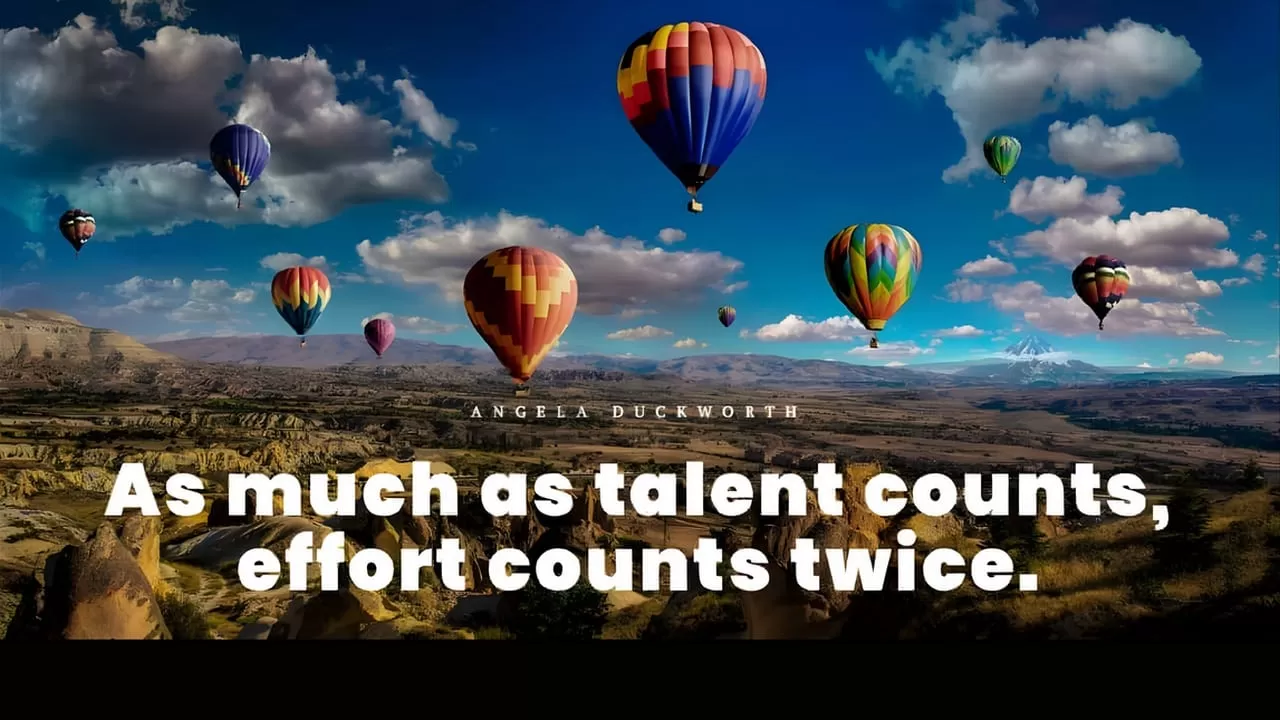
7. Be more generous—it’s good for you.
Try being more generous.
The University of Notre Dame’s Science of Generosity Project defines generosity as “giving good things to others freely and abundantly.”
We’re hardwired to be generous; it’s in our DNA. Generosity helped our ancestors build stronger communities by sharing scarce resources and each other’s burdens.
Generosity is a bonus in itself. Giving feels good.
Science says, when you’re generous, it activates the same reward pathways in your brain that get activated by intimacy and food.
Simply put, giving feels great, as if feeling loved or eating great food.
So, the next time you’re looking to lift your spirits, consider giving, your time, resources, or a simple act of kindness, without expecting anything in return.
A UC Riverside research team, headed by the University Chancellor, randomly assigned 88 employees in a Spanish corporate workplace to be Givers, Receivers, and Controls.
- They found that the Givers and Receivers mutually benefited in well-being, both in the short-term and the long-term.
- When checked after two months, Receivers were happier, and Givers were less depressed and more satisfied with their lives and jobs.
So, donate a little to a charity of your choice, share some of your resources with someone less privileged, or buy a meal for a homeless person.
8. Switch to positive self-talk.
Most self-talk is negative, and there’s a reason for it. Evolutionarily, negativity kept our ancestors alert to threats, ensuring our survival. But times have changed, and you can flip that script.
Start by changing the voice in your head. Imagine Iron Man or the Princess of Wakanda guiding you. This shift can help you control your emotions and behavior, especially under stress.
Self-affirmations are powerful. They can break the cycle of negative thoughts and actions, paving the way for a positive mindset.
Research confirms that even small changes in self-talk can influence your ability to control your feelings, thoughts, and behavior better when under stress.
- Positive affirmations can rewire our brains positively, as seen in MRI brain scans (Cascio et al., 2016).
- Affirmations trigger the release of serotonin and dopamine, chemicals that make you feel good (Scaccia, 2017).
- They also reduce stress and overthinking/rumination (Koole et al., 1999; Weisenfeld et al., 2001).
You’re only human, and humans make mistakes.
Be kind and positive to yourself. Acknowledge your efforts. Celebrate your wins.
Some self-affirmations you could practice:
- I choose to be happy and cheerful.
- I accept and love myself completely.
- I have moved on from my past mistakes.
- I am grateful for my amazing friends and family.
9. Stop complaining. Avoid the complainers.
Watch out for the whiners and complainers. Sometimes it’s easier to know what you want to become by looking at what you don’t want to become.
Kowalski proposed a model in 1996 for why people complain. He found that not all people complain to express their dissatisfaction, but:
Some people complain to release their negative emotions, or to look good to others.
Do not let yourself get pulled into other people’s little or large complaints.
The Stoic Emperor Marcus Aurelius wrote brilliant advice to himself:
“Don’t be overheard complaining… Not even to yourself.”
— Marcus Aurelius, Meditations, 8.9
He thought that complaining makes a negative event or experience worse, making us think that there is no way to fix the problem.
Epictetus, a Stoic sage, said, “There is only one way to happiness, and that is to cease worrying about things which are beyond the power of our will.”
- Stop complaining. Experts link excessive complaining to decreased life satisfaction and a narrower range of emotions.
- Avoid the habitual complainers. They are good at evoking pity in you, but once you engage with them, they can wreck your positivity.
- Stop correcting the complainers. They do not want your well-meaning advice. So, do not try to counsel them.
Open yourself up to the lightness of being:
- Release the whiners from your life and fill their place with people who support you.
- Listen to your inner critic, but don’t blindly believe everything it says.
- Your thoughts are not always telling you the truth.
- Forgive those who hurt you.
10. Stay mindful of the present moment.
The past is invaluable for learning from your mistakes and not repeating them. But why fill your day with only memories of failed yesterdays?
When you rewind your past flaws, your mind works like a hamster on a wheel—running fiercely but reaching nowhere.
“Don’t ruin a new day thinking about yesterday. Yesterday is gone; why drag it back?”
Focusing too much on the future can also disrupt your mental peace. While making plans is necessary, worrying about the unknown can be a waste of energy.
As His Holiness The Dalai Lama said,
“If a problem is fixable, if a situation is such that you can do something about it, then there is no need to worry. If it’s not fixable, then there is no help in worrying.”
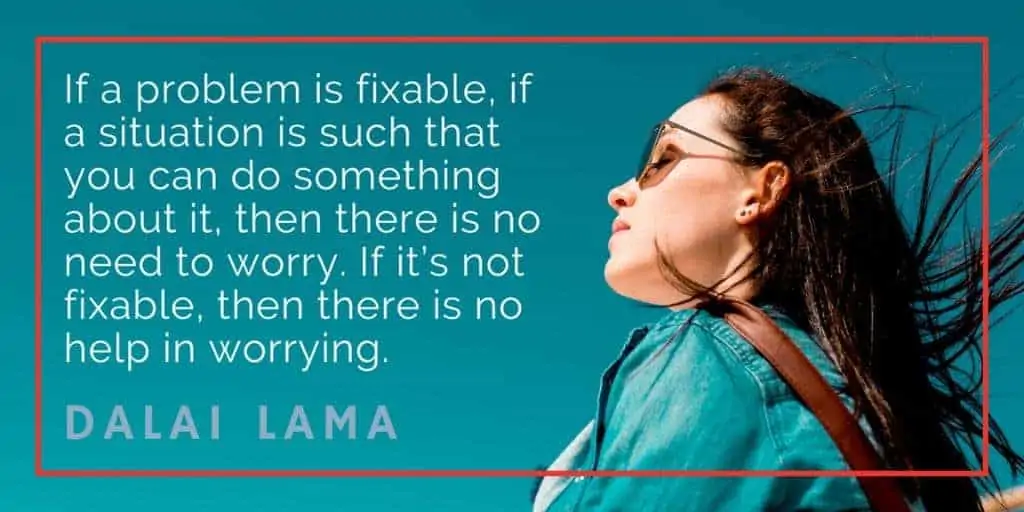
- In all this melee, the present moment is exactly where reality is taking place now. So, pay attention to it.
- More mindfulness of your present thoughts, behaviors, and emotions makes you happier.
- When you are mindfully aware of the events around you in this present moment, you gradually create a more positive mindset.
11. Pay attention to your breathing.
You have probably noticed your emotions impact your breath. If you are angry or anxious, you breathe faster and shorter. This is hyperventilation.
By breathing in a fast and shallow way, you make your brain think something bad is happening or about to happen. It triggers your stress response.
You become oversensitive to negative stimuli. Then it induces anxiety or panic attacks.
The great thing is that not only do the emotions influence your breath, but your breath can also influence them.
If you pay attention to your breath, you can control it. If you keep your breath smooth and calm, you observe a gradual lifting of your mood.
Check out this infographic on the benefits of breathing from Emma Seppala, former science director of Stanford University’s Center for Compassion and Altruism Research and Education and the author of The Happiness Track:
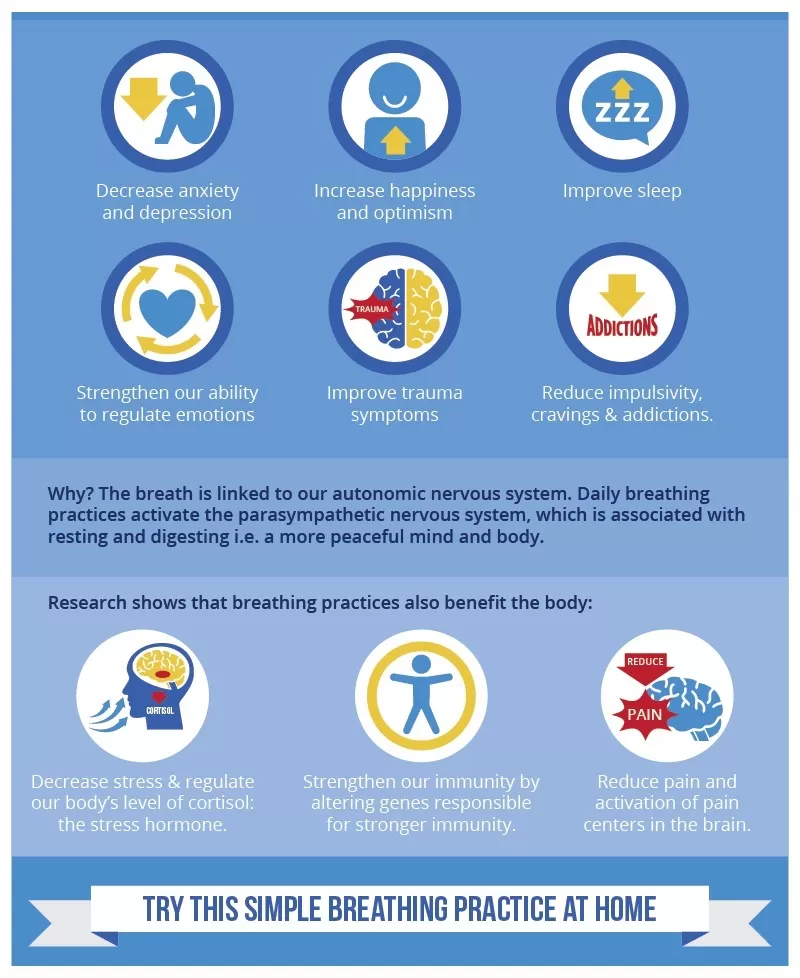
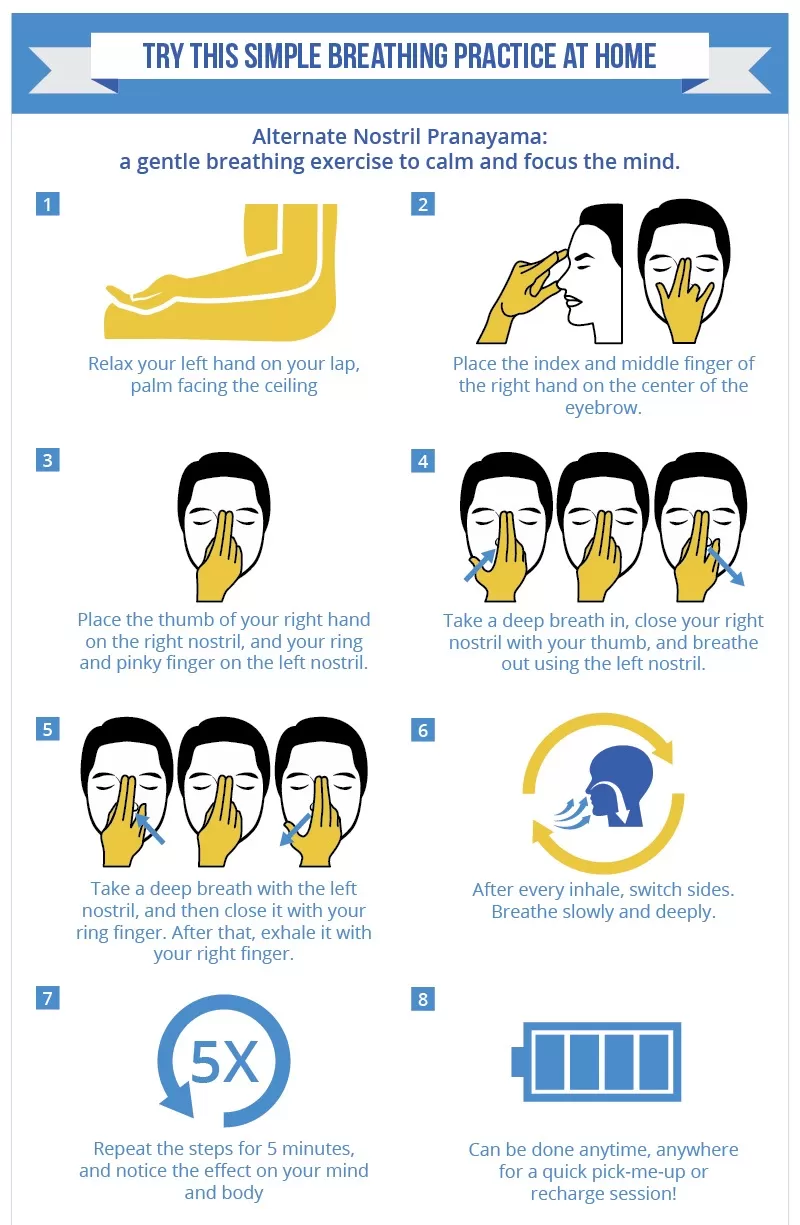
What exactly is a positive mindset?
A positive mindset is an optimistic way to approach our goals, making sure that our actions are in line with the best possible outcomes, without ignoring the negative present.
It is noticing opportunities and taking action despite fears and uncertainties, not just having ‘feel-good’ thoughts when things get tough. It involves grit, resilience, and a will to seek solutions.
Based on the APA Dictionary of Psychology’s definition of mindset, a positive mindset can be described as “a state of mind that influences how individuals think about and engage in their goal-directed activities in ways that systematically promote optimal functioning and well-being.”
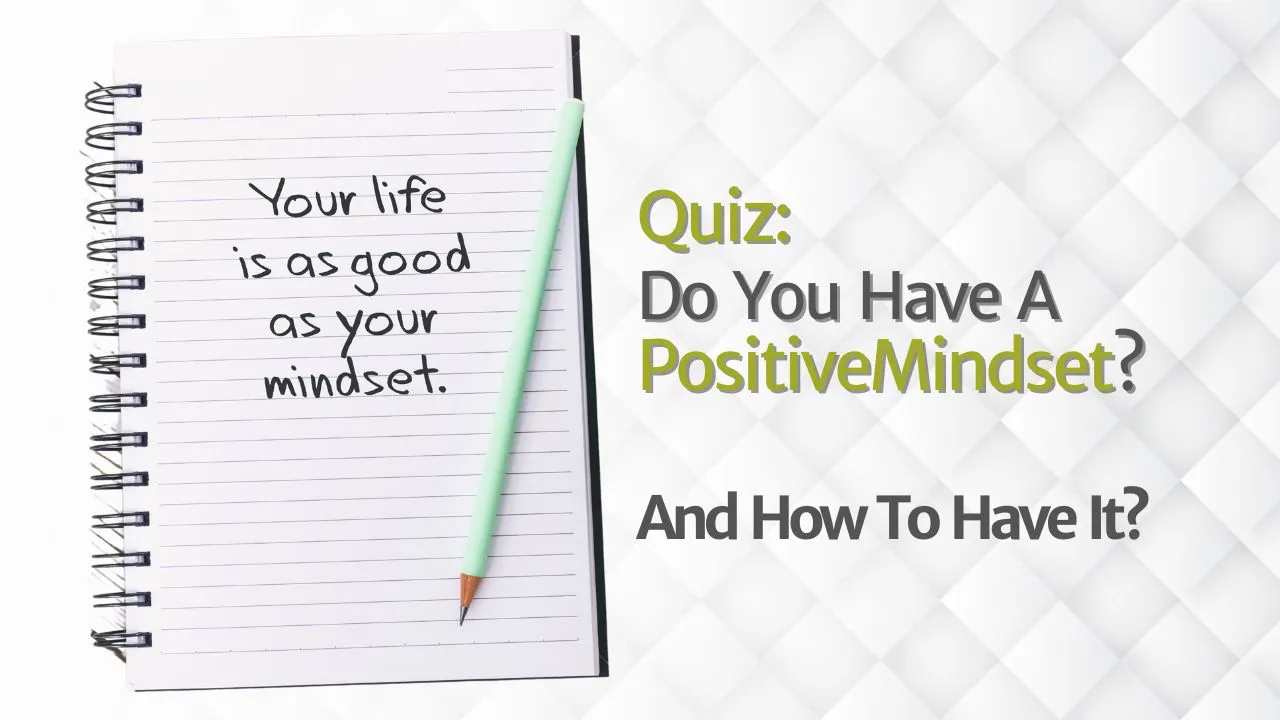
3 Scientific Ways To Think Positive
- Cognitive restructuring: Replace your negative thoughts with more positive, realistic ones to help break the cycle of negative thinking and improve mood and well-being.
- Random acts of kindness: Do something nice for someone else without expecting anything in return. It can make both the giver and receiver have happier thoughts.
- Positive visualization: Imagine positive outcomes and experiences — it can boost your confidence and motivation to achieve goals.
Final Words
- If you’re an optimist, practice mindfulness and gratitude to maintain your positive outlook.
- If you’re a realist, focus on setting achievable goals and celebrate small wins to boost your optimism.
- If you’re a skeptic, start challenging your negative thoughts and focusing on one positive thing each day.
Finally, give yourself permission to be human. Accept that it is okay to slip up sometimes, you are human after all.
• • •
Scott Mathews contributed a part to the earliest form of this post. Expanded, edited, and reviewed by Dr. Sandip Roy — medical doctor, psychology writer, and happiness researcher.
√ Also Read:
- 7 Strategies From Stoicism For Happiness: Are Stoics Happy
- 10 Greatest Happiness Hacks From Positive Psychology
- 10 Simple Ways to Practice Gratitude Every Day
• • •

